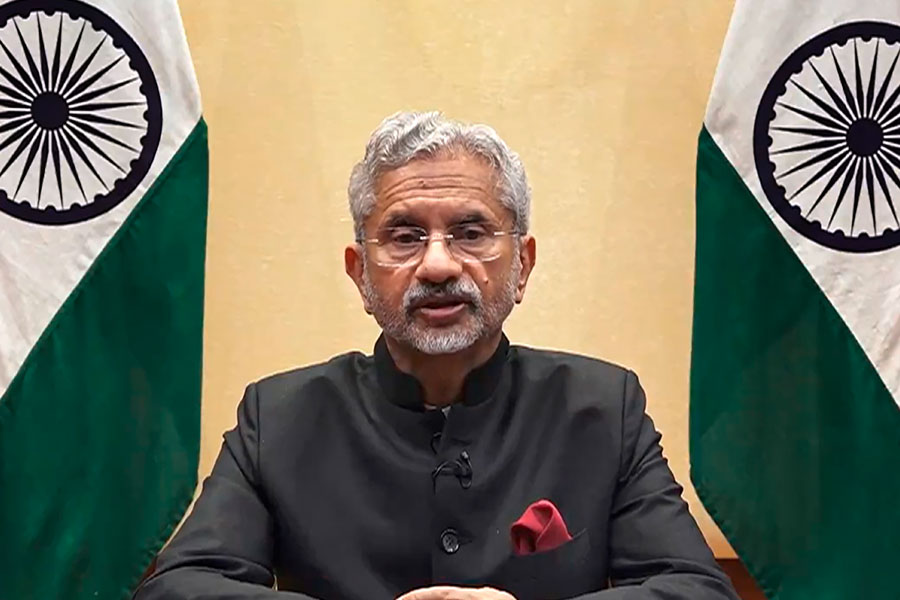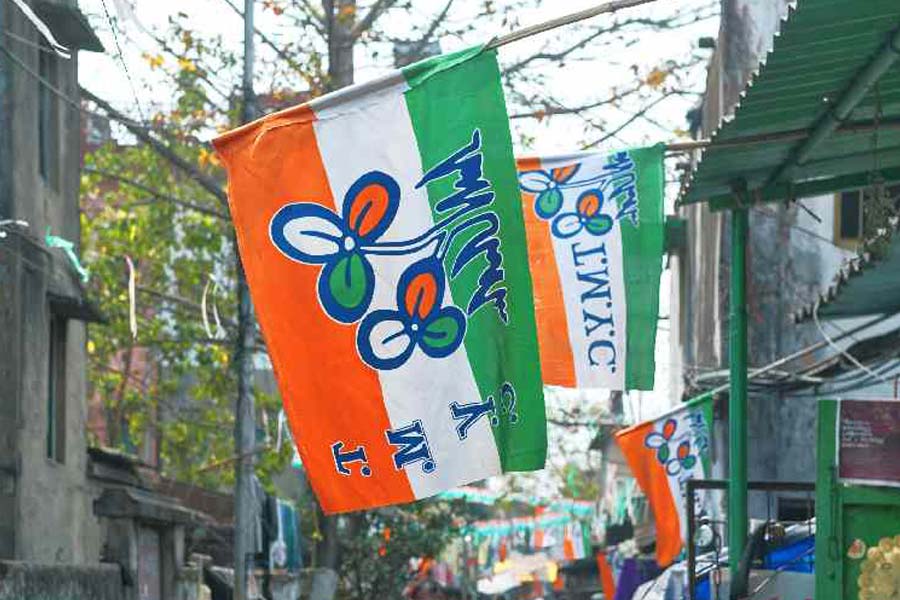|
|
| Sabarmati Ashram |
AHMEDABAD: FROM ROYAL CITY TO MEGACITY By Achyut Yagnik and Suchitra Sheth, Penguin, Rs 450
Every city has a life span, and in order to thrive it has to devise ways to live beyond it. An old city embodies a past, often giving the impression of being “handcuffed to history”, like Saleem Sinai in Salman Rushdie’s Midnight’s Children. Its present in the form of a lingering past can accommodate visions of a future.
The changing profile of a city like Ahmedabad thus represents superimposed layers of time. Superficially, this can be termed as a progression through time, but upon delving deeper it gives way to a negotiation with time themes reflected in its philosophical traditions and its architectural patterns. Achyut Yagnik and Suchitra Sheth attempt to capture that negotiation in the periodic rhythm of historical time.
Historically, Ahmedabad owes its name to Sultan Ahmed Shah, who founded it in 1411 on the banks of the river Sabarmati. Originally a city of royalty, Ahmedabad soon emerged as a bustling commercial hub connecting the silk route with the spice route. Under the Mughals and the Marathas, Ahmedabad experienced ebbing fortunes, only to reassert itself in the British era. Soon after the establishment of the first textile mill on its soil in 1861, Ahmedabad came to be hailed as the “Manchester of the east”. Once Gandhi set up his Sabarmati Ashram, Ahmedabad figured prominently on the country’s political map. The city also had a pulsating cultural life, represented in celebrated medieval texts. In Ain-i-Akbari, Abul Fazl describes it as a “noble city” while the Jain poet, Devavimalgani, in his Sanskrit epic glorifies it as “the face of Gujardesh Lakshmi (Lakshmi of Gujarat)”.
In the chapter, “Changing Cityscape”, the authors focus on the city’s contending religious traditions — Muslim, Jain and Hindu sects coexist and jostle for social space. They also trace the streak of Sufism running through Ahmedabad’s cultural life, with reference to the revered Sufi saint, Shah Alam, whose miraculous acts are spoken of in the Jahangirnama. This shows Ahmedabad’s multi-religious character in late medieval India, something which exists even now. This, however, was not without misadventures, which the authors record in the chapter “Troubled Times”.
A city is defined by its architectural designs. In Chapter 5, Yagnik and Sheth highlight the city’s tradition of cultural “synthesis and symbiosis” in the construction of jaalis and jharokhas, pols and porabdis. They identify the same cultural confluence in religious rituals and in the Gujarati language itself.
The inception of modern Ahmedabad, which was built in the old city instead of emerging out of it, was in 1817 when it was integrated into the Bombay Presidency. Chapter 7 chronicles the history of the introduction of modern education in Ahmedabad in 1813, by the East India Charter Act. This resulted in conflict between missionaries who ran modern schools and the urban elite in charge of the traditional gamthi shalas. The introduction of printing technology, education for girls and for Muslims reflect the city’s 19th century colonial character.
An intriguing section of the book consists of Ahmedabad captured in medieval Dutch and English drawings and paintings, and 19th century photographs. Chapter 11 highlights the Ahmedabad that was Gandhi’s Karmabhumi.
Time is a theme of history, but this theme is sustained by the experiences of people. This ‘biography’, of a city, is proof of that.











